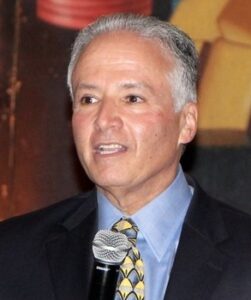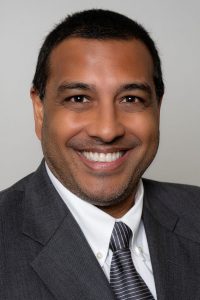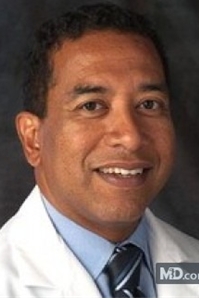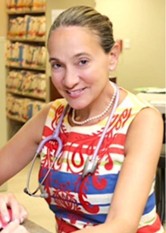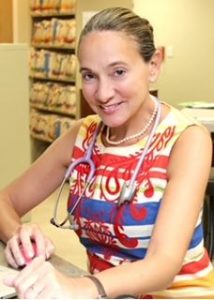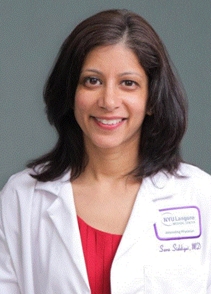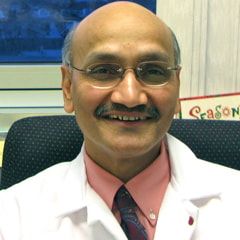(Warren M. Seigel, MD, MBA, FAAP, FSAHM is Chair of Pediatrics and Director of Adolescent Medicine at Coney Island Hospital. He is the current AAP District II Chair representing New York State. He was past Secretary/Treasurer of the AAP Executive Committee of the Board of Directors, past AAP District II Vice Chair, past president of the NYS AAP-Chapter 2, and past president of Brooklyn Pediatric Society and New York Regional Society of Adolescent Medicine.)
It has been over 50 years since the Stonewall Inn uprising in New York City on June 28, 1969, and we commemorate that event by celebrating “Pride Month” every June.
As a society, we’ve made large strides in LGBTQ+ rights over the past 50 years. As a gay man, there was a time I couldn’t marry, raise children or even be by my partner’s bedside if he were ill. Now, I happily raise my children and deal with the issues ALL families with teenage kids face. But I also live in New York, recently ranked by USA Today as the most welcoming state for the LGBTQ+ community.
Despite progress, our LGBTQ+ youth are under attack and we are moving backwards. The wave of recent anti-LGBTQ+ legislation is widening the gap between states that are inclusive, and those willing to demonize this community and interfere with the doctor-patient relationship. Despite the scientific evidence that gender-affirming care is of benefit for transgender youth, many legislators seek ways to dictate the practice of medicine! Our community still faces stigma and trouble accessing health care in many areas across this country.
Recently the attorney general in Texas issued a decision making gender affirming medical treatment for transgender adolescents such as puberty-suppressing hormones illegal. A directive that was issued requires all licensed professionals “who have direct contact with children” to report any parent who seeks treatment for their transgender child to be reported for child abuse in Texas. And unfortunately Texas is not alone! To date, 34 states have introduced almost 150 anti-transgender bills, making gender-affirming care illegal.
It is now harder than ever for pediatricians to care for LGBTQ+ youth. Despite the overwhelming epidemiologic data that transgender youth experience significantly higher rates of depression, anxiety, suicidal ideation and suicide attempts when they do not receive gender affirming care, legislators continue to seek ways to withhold life-saving gender-affirming care from those who seek it.
The AAP, as well as other leading medical, psychiatric and public health organizations including the American Psychological Association (APA), the Centers for Disease Control and Prevention (CDC), the Society for Adolescent Health and Medicine (SAHM) and the American Medical Association (AMA) all support young people’s access to safe, inclusive and competent health care. Actions by politicians to spread misinformation, disinformation and fear cannot be tolerated. Their attacks target an already marginalized group of children and allow them to substitute politics for expert, consensus, and evidenced-based medicine.
As an adolescent medicine physician, my practice is based on helping children navigate the complexities of realizing their sexual identify, and when appropriate – providing for them the care that is required so their internal and external identities match. They are in my exam rooms talking about depression, self-harm, crippling anxiety and inability to sleep. The reward in helping to turn my patient’s despair into hope and eventually joy is – like all of us – the driving reason I went into pediatrics.
Thanks to many years of hard work and advocacy by people since the Stonewall Riots, here in New York LGBTQ+ individuals have legal protections. In 2019, the Human Rights Law was amended to explicitly include gender identity and gender expression as a protected category making discrimination on the basis of gender identity or expression illegal. But we cannot grow complacent and think of this as an “other state” problem.
We must work hard to protect LGBTQ+ rights here in New York and throughout the country. If we take these protections for granted, we will lose them. As pediatricians, we are at our best when we raise our collective voice on behalf of our patients. We must help every child, adolescent and young adult receive access to competent medical care, and achieve their fullest potential.
We cannot forget the lessons learned from the Stonewall Riots of 1969.


